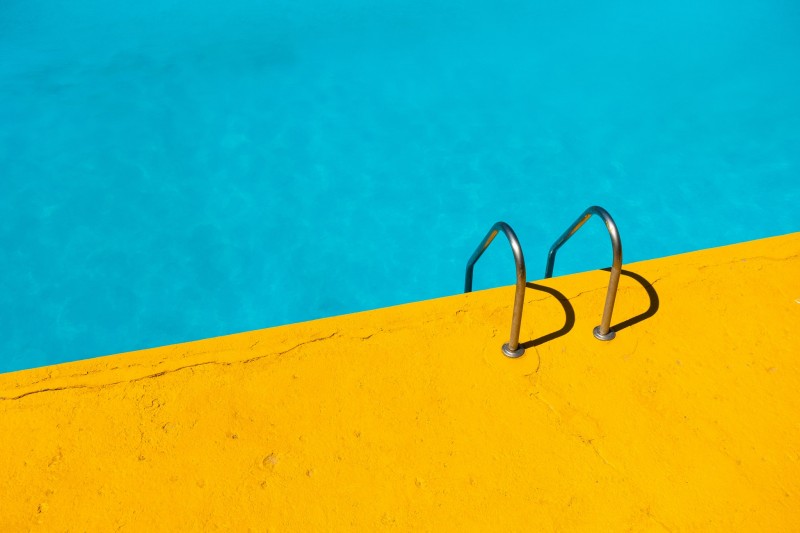
While pools may be the classic symbol of summertime, they can take their toll on the environment. Not only do pools use up water, which is a valuable commodity in drought-stricken areas of Europe, but they can also introduce harmful chemicals such as chlorine into the ground around them. Rather than writing swimming pools off as an unnecessary indulgence, however, there are some steps that homeowners can take to reduce the environmental impact.
Types of Eco-Friendly Pools
Instead of relying on chemicals to keep water clean, natural pools rely on safe, relatively low-tech techniques to purify water. In recent years, saltwater pools have gained popularity as an eco-friendly alternative to traditional pools, using only small amounts of chlorine to keep the environment safe.
Sanitized pools are essential for good health and to prevent bacteria from building up. Natural pools are a more environmentally friendly pool option, though they often cost more to build and maintain. By using natural design elements, natural pools blend aesthetics and functionality to keep pool water clean.
Natural Filtration Systems
Traditionally, pools are constructed using concrete and fiberglass, but this requires a separate filtration system to keep water clean and clear. Using materials such as gravel and clay can offer natural filtration that helps to purify water without consuming any energy or releasing toxic chemicals. Aquatic plants also help to filter water while also providing the oxygen needed to support the growth of beneficial bacteria and underwater life. Not only do small fish add a charming touch to natural pools, but they can also help to control local insect populations during warmer months.
Moss filtration is another popular method used to naturally clean pool water. Moss naturally traps dirt, debris, and microorganisms that can dirty up a pool’s water, reducing the need to use chemicals. Using moss also helps to conserve water, as homeowners need to backwash their pool less frequently.
Energy-Efficient Heating Options
Most homeowners want to make the most of their investment after installing a pool, but this can be difficult in colder climates. Keeping a pool heated in the winter can cost hundreds to thousands of dollars, not to mention consume excessive amounts of energy. For homeowners to heat their pool without increasing their carbon footprint, they can install solar water heaters. Instead of using power from the grid, they can use the sun’s energy to keep pool water at a comfortable temperature.
Homeowners who are concerned about the ecological impact of their backyard swimming pool can reduce their carbon footprint by making a few simple modifications. By incorporating natural elements into a pool’s design, owners can cut back on both water and energy consumption.
Writer: Sally Keys is a professional freelance writer with many years experience across many different areas. She made the move to freelancing from a stressful corporate job and loves the work-life balance it offers her. When not at work, Sally enjoys reading, hiking, spending time with her family and traveling as much as possible.
